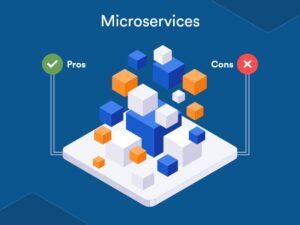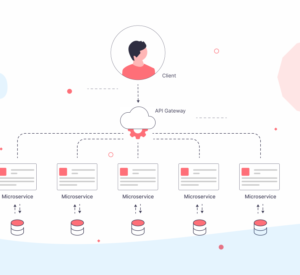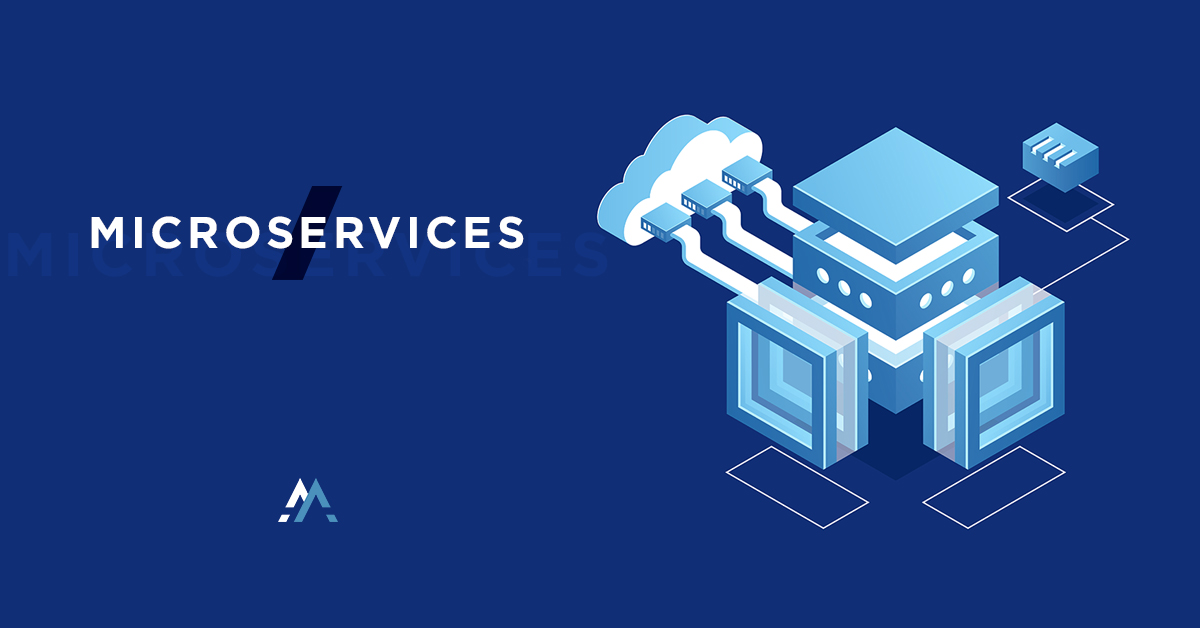Microservices software architecture is a development approach where an application is structured as a collection of small, loosely coupled, and independently deployable services. Each service is designed to handle a specific business function and communicates with others via APIs, typically using lightweight protocols like HTTP or messaging queues.

Key Characteristics of Microservices
- Independence – Each microservice operates independently and can be developed, deployed, and scaled separately.
- Scalability – Individual services can scale as needed, optimizing resource usage.
- Technology Agnostic – Teams can use different programming languages, databases, and frameworks for different services.
- Fault Isolation – Failures in one service do not necessarily bring down the entire system.
- Continuous Deployment & DevOps Friendly – Enables rapid iteration and continuous delivery.
Benefits of Microservices

Microservices software architecture offers numerous benefits, making it a preferred choice for modern applications. One of its key advantages is enhanced scalability, as individual services can be scaled independently based on demand, optimizing resource utilization. This approach also promotes agility and faster development, allowing different teams to work on separate services simultaneously without affecting the entire system. Fault tolerance is another significant benefit since failures in one service do not necessarily bring down the entire application, ensuring higher system reliability. Additionally, continuous deployment and easier maintenance become achievable as smaller, modular services can be updated and deployed independently, reducing downtime and improving overall efficiency. Microservices also allow for technology flexibility, enabling teams to use different programming languages, databases, and frameworks best suited for each service. Lastly, this architecture fosters better security and isolation, as each service can have its own security policies, limiting potential vulnerabilities. These benefits make microservices an ideal choice for businesses seeking a scalable, resilient, and future-proof software architecture.
Challenges of Microservices

Despite its advantages, microservices architecture comes with several challenges that organizations must address. One major challenge is complexity in communication, as multiple services must interact efficiently, often requiring the use of APIs, messaging queues, or service meshes to manage requests and data exchange. Additionally, data management becomes more complicated since each microservice may have its own database, requiring careful strategies such as event sourcing or distributed transactions to maintain data consistency. Another significant challenge is service discovery and orchestration, where tools like Kubernetes or service registries (e.g., Consul, Eureka) are needed to manage dynamically scaling services. Monitoring and debugging are also more difficult in microservices compared to monolithic applications, as logs and traces are distributed across multiple services, requiring specialized tools like Prometheus, ELK Stack, or Jaeger for observability. Furthermore, deployment and configuration management can be overwhelming, as each microservice needs its own deployment pipeline, version control, and security policies. Lastly, network latency and security become concerns due to the increased number of inter-service calls, requiring optimizations such as caching, circuit breakers, and secure API gateways. While these challenges add complexity, they can be effectively managed with the right tools, practices, and expertise.
Microservices vs. Monolithic Architecture
| Feature | Microservices | Monolithic Architecture |
|---|---|---|
| Scalability | High (service-level) | Low (entire app must scale) |
| Deployment | Independent services | Entire application redeployment |
| Maintenance | Easier due to modularity | Harder as the codebase grows |
| Technology Choice | Multiple tech stacks | Single tech stack |
| Failure Impact | Limited to one service | Can bring down entire system |
Popular Technologies for Microservices

- Programming Languages: Java, Go, Node.js, Python, C#
- Frameworks: Spring Boot, Quarkus, Micronaut, Express.js
- Service Communication: REST, gRPC, GraphQL, Kafka
- Containerization & Orchestration: Docker, Kubernetes, OpenShift
- API Gateway & Load Balancing: Nginx, Envoy, Kong, API Gateway
- Monitoring & Logging: Prometheus, ELK Stack, Grafana, Jaeger
Conclusion
Microservices software architecture is an excellent choice for large, complex applications that require scalability, flexibility, and rapid development. While it introduces new challenges in managing distributed systems, the benefits outweigh the drawbacks when implemented correctly. Adopting microservices requires a well-planned strategy, the right tools, and a strong DevOps culture to maximize success.
